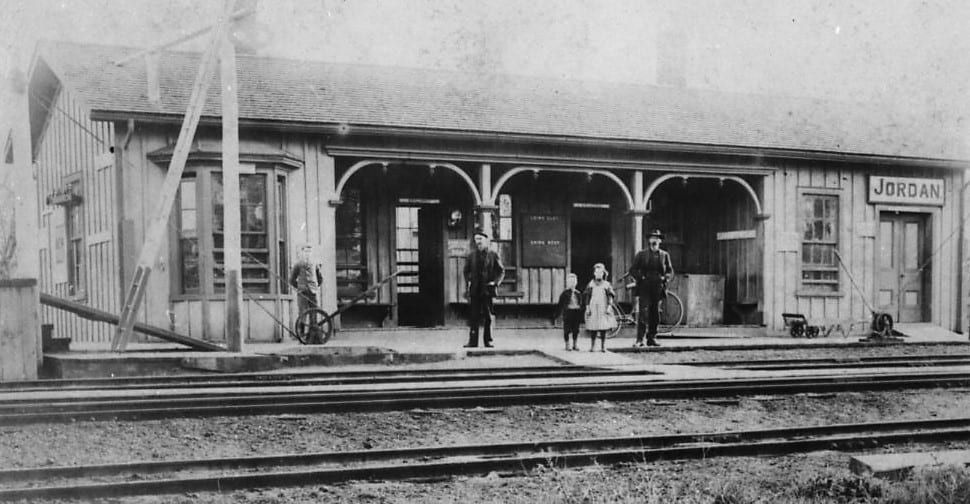Jordan Train Station in Lincoln gets plaque for historical significance
Published June 7, 2022 at 3:19 pm

For a place that’s been around for 162 years, it took Jordan Train Station a while to be acknowledged as historically significant but as no train station in the history of them has ever said, “Better late than never.”
First built in 1856, the train station serviced the Township of Jordan Station and the surrounding area until the last train stopped at the station on August 15, 1975.
On Friday (June 3), Lincoln and the Municipal Heritage Advisory Committee acknowledged it as a historically significant building with an interpretive plaque at the former Jordan Train Station, located at 2818 Prince William Street in Jordan Station.
“Celebrating heritage in Lincoln inspires us to build the most vibrant, livable community possible,” said Lincoln Mayor Sandra Easton.
“By recognizing heritage in our community, we remember the important components of our town and the rich history that contributes to the fabric of our community.”
Back in the 1800s in Ontario, it was not unusual for a local village to be built up around a train station, rather than the reverse. Since Jordan was also a harbour, it made sense to have a station there on the Great Western Railway line that ran between Hamilton and Niagara Falls.
The GWR purchased the right of way for the railway from Solomon Secord for 78 pounds in 1852. In 1853, construction of the railway and wooden bridge over the Twenty Creek was completed, followed by the construction of the station three years later.
The village of Bridgeport (a nod to both the eventual bridge and the lakeport) was registered on April 29, 1856, when Solomon Secord laid out village lots for a new development north and south of the tracks. The GWR’s line ran across Twenty Mile Creek where the creek widens out to form Jordan Harbour so a bridge was built there in 1853 on wooden trestle, common for the day.
The railway stop became a busy hub for transporting grain and later fruit from local growers and canneries. The GWR built a second bridge across the Twenty Creek in 1866, using stone from the Gibson Quarry in Jordan on the escarpment above the 15-Mile Creek.
“Jordan Station” officially emerged as the new village name in 1875. Service in the busy rail period included five daily trains with freight, accommodation, light express, mail express, and night express. A second station was built after the original station burned down in 1873.
Over time, train ownership passed from the GWR to the Grand Trunk Railroad in 1882 and finally to the CNR in 1920. The stone bridge across the Twenty Creek was replaced with an all-steel double-tracked bridge in 1902.
The stone piers can still be seen today, just south of the current tracks over the Twenty Creek. The expansion of roads (QEW 1934), cars and trucking up to the 1970s displaced the reliance on the railway for transporting local fruit and people.
Eventually, the Canadian National Railway bought the line and in the 1970s, decided that the small towns no longer needed full-stop train stations so they shut them down in Jordan Station, Grimsby and Beamsville.
The Jordan Station building was bought town resident, who then had it moved to its current location on Prince William Street, and converted it into a residence though with the huge “Jordan” sign on its east side.
insauga's Editorial Standards and Policies advertising





